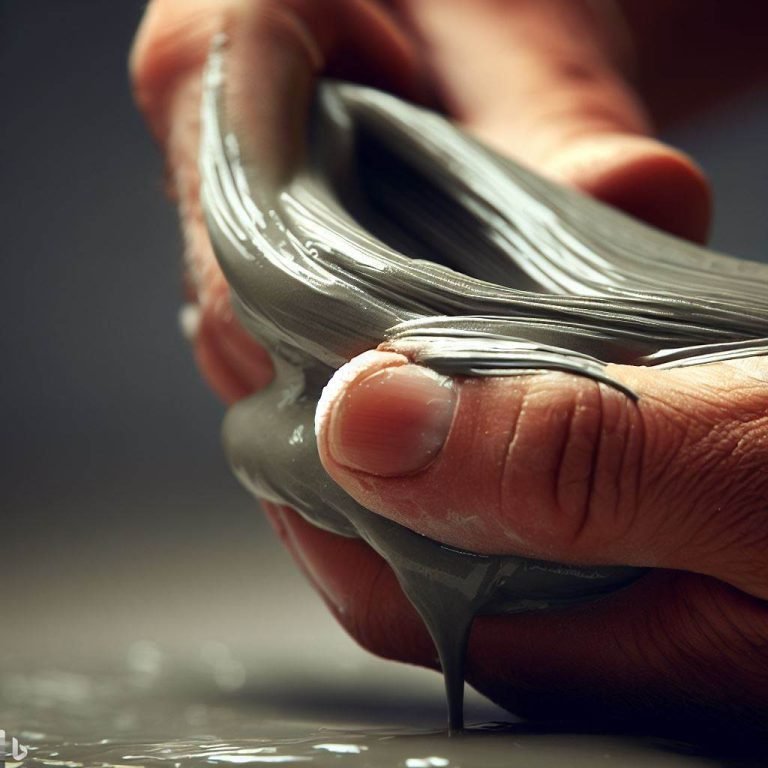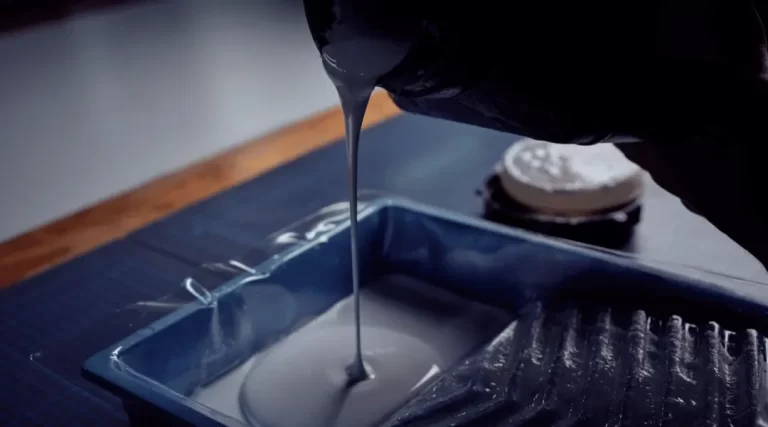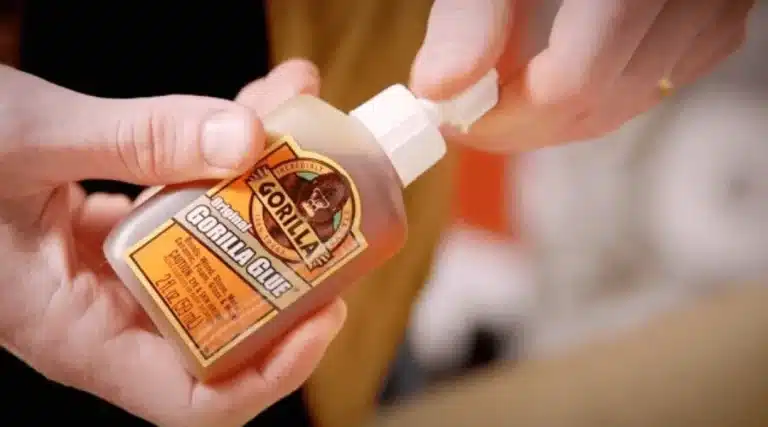JB Weld is a two-part epoxy that is known for its strength. It is widely used in various industries become a popular solution for repairing and bonding different types of materials. In this blog post, we will delve into of JB Weld and why it is a reliable option for bonding and repairing various materials.
First, we will provide an overview of JB Weld and how it works, followed by a discussion of the different types of JB Weld available in the market. We will then explore the arguments proving the strength of JB Weld and how it compares to other adhesives. By the end of this article, you will have a better understanding of the strength and reliability of JB Weld.
Let’s dive into this peculiar topic and uncover the taste, health risks, and even unique uses of glue beyond its intended purpose.
Let’s dive in!
What is JB Weld?
JB Weld is a two-part epoxy that consists of a resin and a hardener. When you mix the two parts together, they create a strong and durable bond that can withstand various types of stress. You can use JB Weld to bond, fill, and repair different types of materials, including wood, plastic, ceramic, and more. It is also heat-resistant and can withstand temperatures up to 550 degrees Fahrenheit.
JB Weld comes in different types, including Original, KwikWeldWeld, and more. Each type has its own unique properties and strengths, making them suitable for different applications. J-B Weld designs different products for specific applications and environments. For instance, they design MarineWeld specifically for use in saltwater environments, enabling it to resist water and chemicals commonly found in these environments. Similarly, they design KwikWeld as a fast-setting epoxy, which cures within 4-6 minutes.
Is JB Weld Conductive? A Comprehensive Guide
Now that we have a better understanding of what JB Weld is, let’s explore its strength and durability.
Tensile Strength of JB

Tensile strength refers to the amount of stress that a material can withstand before it breaks or fails. In the case of JB Weld, it has a tensile strength of 3960 PSI (pounds per square inch) when fully cured. This means can withstand up to 3960 pounds of force per square inch before it fails.
For comparison, other types of adhesives have lower tensile strengths. For example, superglue has a tensile strength of 3200 PSI, while hot glue has a tensile strength of 1300 PSI. This shows that JB Weld is a stronger and more reliable option for bonding and repairing materials.
It is also worth noting that the tensile strength of JB Weld can vary depending on the type of material it is bonding. For example, JB Weld may have a lower tensile strength when bonding plastic compared to metal. Therefore is important to consider the type of material being bonded when using JB Weld.
Is JB Weld Waterproof? The Ultimate Guide
Shear Strength of JB Weld
Shear strength is the amount of stress that a material can withstand when it is being pulled in opposite directions. JB Weld has a shear strength of 880 PSI when fully cured, which means it can withstand up to 880 pounds of force when being pulled in opposite directions.
For comparison, other types of adhesives have lower shear strengths. For example, superglue has a shear strength of 25 PSI, while hot glue has a shear strength of 75 PSI. This once again shows that JB Weld is a stronger and more reliable option for bonding and repairing materials>
It is also worth noting that the shear strength of JB Weld can vary depending on the type of material it is bonding. Therefore, it is important the type of material being bonded when using JB Weld.
Flexural Strength of JB Weld
Flexural strength refers to the amount of stress that a material can withstand when it is being bent or flexed. In the case of JB Weld, it has a flexural strength of 11,000 PSI when fully cured. This means that it can withstand up to 11,000 pounds of force when being bent or flexed.
For comparison, adhesives flexural strengths. For example, superglue has a flexural strength of 5,800 PSI, while hot glue has a flexural strength of 1,340 PSI. This once again shows that JB Weld is a stronger and more reliable bonding and repairing materials.
It is also worth noting that the flexural strength of JB Weld can vary depending on the type of material it is bonding. Therefore, it is important to consider the JB Weld.
Fatigue Strength of JB Weld
Fatigue strength refers to the amount of stress that a material can withstand when it is being repeatedly stressed and released. In the case of JB Weld, it has a fatigue strength of 80-100 MPa (megapascals) when fully cured.
For comparison, other types of adhesives have lower fatigue strengths. For example, superglue has a fatigue strength of 20 MPa, while hot glue has a fatigue strength of 5 This once again shows that JB Weld stronger and more reliable option for bonding and repairing materials.
It is also worth noting that the fatigue strength of JB Weld can vary depending on the type of material it is bonding. Therefore, it is important to consider the type of material being bonded when using JB Weld.
Can You Sand JB Weld -Is JB Weld Sandable
Chemical Resistance of JB Weld
People know JB Weld for its chemical resistance, which indicates its ability to endure exposure to different chemicals without breaking down or deteriorating. It can resist exposure to gasoline, diesel fuel, transmission fluid, and more. Being capable of resisting chemicals, JB Weld is a dependable option for bonding and repairing materials that could come into contact with them in specific environments.
It is important to note that while JB Weld is chemical resistant may not be suitable for use in all chemical environments. Therefore, it is important to consult the manufacturer’s instructions and guidelines before using JB Weld in a chemical environment.
Water Resistance of JB Weld3
People know JB Weld for its water resistance, which signifies its capacity to endure exposure to water without deteriorating or breaking down. It can resist exposure to saltwater, freshwater, and more. Being capable of resisting chemicals, JB Weld is a dependable option for bonding and repairing materials that could come into contact with them..
However, it is crucial to note that although JB Weld is resistant to water, it may not be ideal for use in all water environments. Therefore, it is important to consult the manufacturer’s instructions and guidelines before using JB Weld in a water environment.
Overall, JB Weld is a strong and reliable option for bonding and repairing various types of materials. Its high tensile strength, shear strength, flexural strength, and fatigue strength a popular choice for different industries and applications.
Additionally, its chemical resistance and water resistance make it suitable in different environments.However, it is important to note that while JB Weld may be suitable for many applications, it may not be suitable for all applications. Therefore, it is important to consult the manufacturer’s instructions and guidelines before using JB Weld.
Final Thoughts
We hope that this blog post has provided a better understanding of the strength and reliability of JB Weld. have any questions or comments, please feel free to leave them below. Additionally, if you have any personal experiences or stories about using JB Weld, we would love to hear them!




